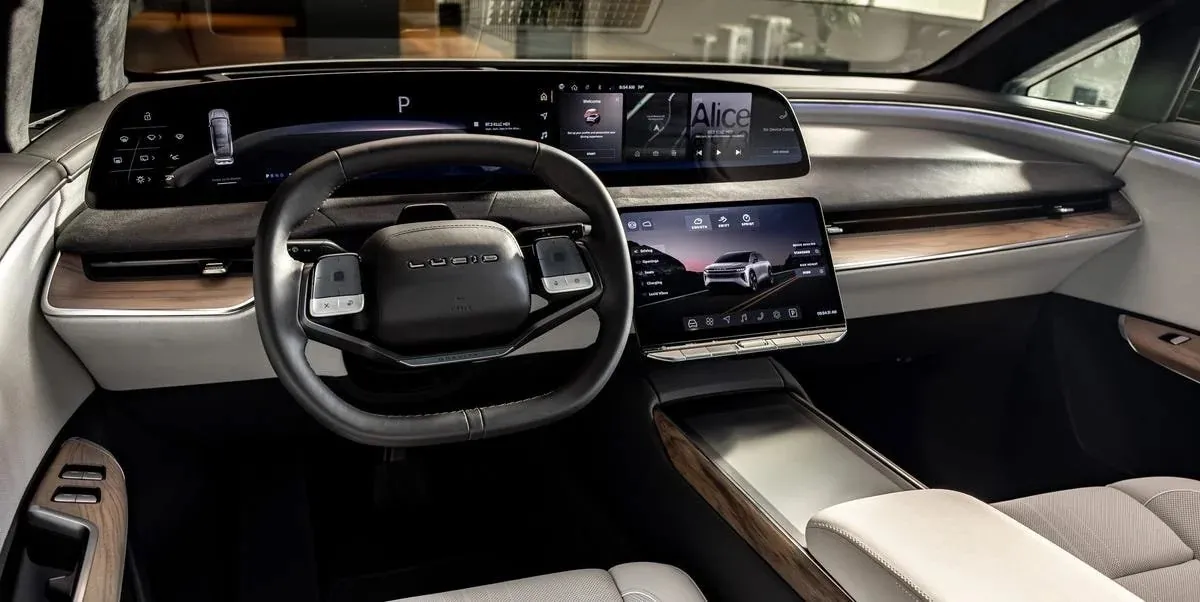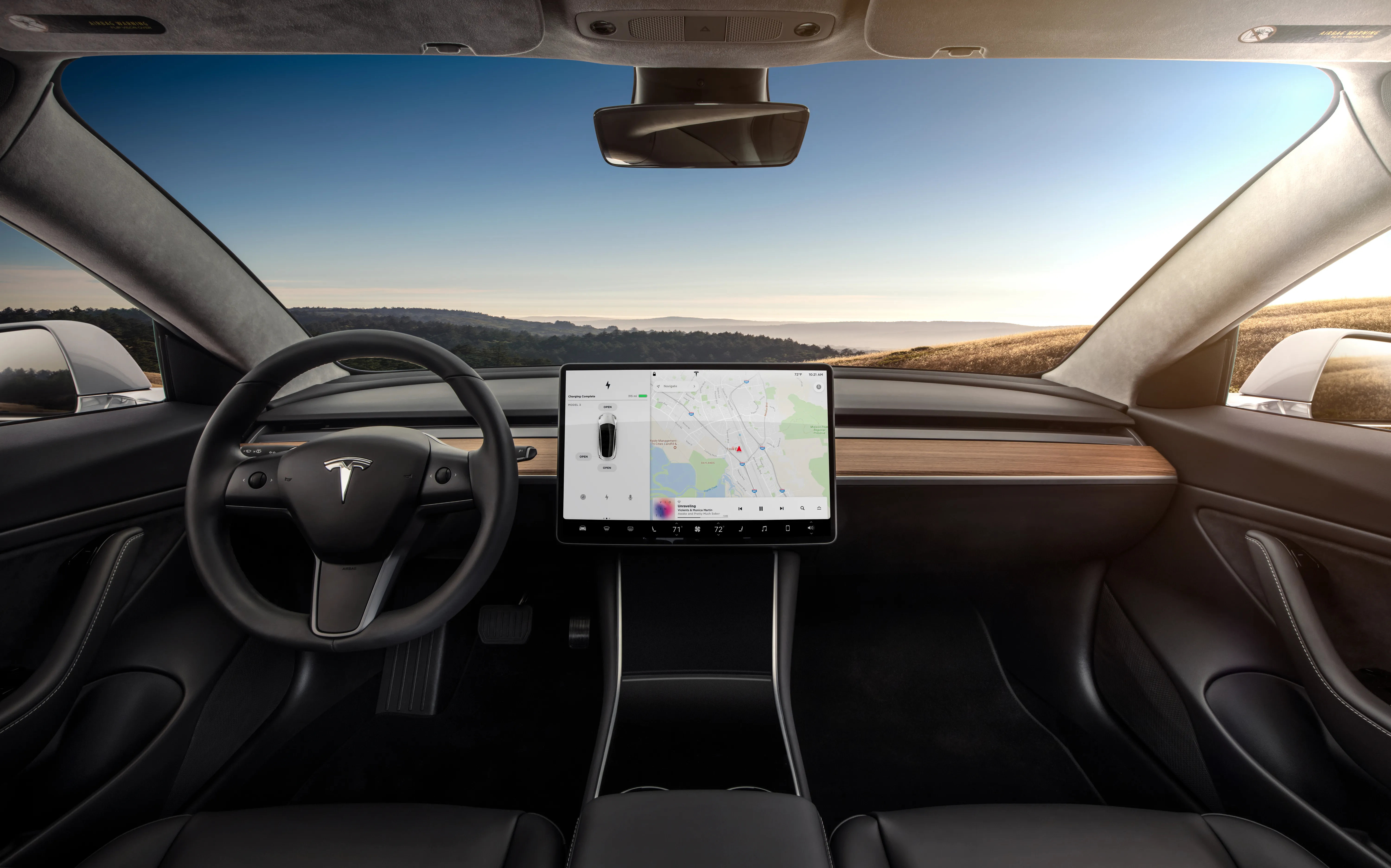The Studebaker Golden Hawk, produced between 1956 and 1958, is an iconic classic car that represents the pinnacle of American automotive design during the mid-20th century.

As a flagship model of the Studebaker Corporation, the Golden Hawk was a luxurious, high-performance vehicle that captured the hearts of car enthusiasts and collectors alike. This article will explore the history, design, and performance of the 1956-1958 Studebaker Golden Hawk, its enduring legacy, and its significance in the world of classic cars.
1. The Studebaker Corporation: A Brief History
To truly appreciate the Studebaker Golden Hawk, it is essential to understand the history of the Studebaker Corporation itself. Founded in 1852 by brothers Henry and Clement Studebaker, the company initially specialized in the production of wagons and carriages. As the automotive industry began to take shape, Studebaker transitioned to manufacturing automobiles, with its first gasoline-powered vehicle, the Studebaker Model A, debuting in 1904.

Throughout the early 20th century, Studebaker emerged as a prominent player in the American automotive market, known for its innovative designs and commitment to quality. However, the company faced significant financial challenges during the Great Depression and World War II. To remain competitive in the post-war era, Studebaker sought to reinvent itself through the introduction of new models that embraced the optimism and prosperity of the 1950s. One such model was the Studebaker Golden Hawk.
-1686381139x1024.jpg)
2. The Birth of the Studebaker Golden Hawk
The Studebaker Golden Hawk was introduced in 1956 as part of the company's prestigious Hawk series, which also included the Flight Hawk, Power Hawk, and Sky Hawk. The Golden Hawk was positioned as the top-of-the-line model, offering a perfect blend of style, luxury, and performance that epitomized the spirit of the 1950s.

3. Design
Exterior Styling
The Golden Hawk featured a sleek and aerodynamic design for its time. It had a long, low-slung body with flowing lines and a sweeping roofline. The overall design was influenced by the "Loewy Coupe" styling, created by renowned industrial designer Raymond Loewy.

Front End
The front end of the Golden Hawk had a prominent grille, which was divided into sections by horizontal chrome bars. The grille was flanked by dual headlamps integrated into stylish chrome housings. The hood had a pronounced hood scoop, which added to the sporty appearance.

Fins
The Golden Hawk showcased tail fins, a popular design trend of the 1950s. The fins were prominent and gracefully extended from the rear fenders. They added a touch of elegance and emphasized the car's aerodynamic profile.

Chrome Accents
The car featured abundant chrome accents, which were characteristic of the era. Chrome trim adorned the grille, window surrounds, side moldings, and bumpers, giving the Golden Hawk a luxurious and eye-catching look.
-1686381156.jpg)
Roofline
The roofline of the Golden Hawk had a distinctive "C-pillar" design. It featured a wraparound rear window that seamlessly merged with the side windows, creating a panoramic effect.
-1686381180x1024.jpg)
Wheel Design
The Golden Hawk came with stylish wheels that featured chrome hubcaps with Studebaker branding. The wheels were available in various designs and were often paired with white-wall tires, adding a touch of elegance.

Interior
The interior of the Golden Hawk was well-appointed with comfortable seating and a driver-focused dashboard layout. The instrument cluster featured a set of gauges and a centrally mounted speedometer. Upholstery options included vinyl or leather, and the overall interior design aimed for a balance of style and comfort.

Overall, the 1956-1958 Studebaker Golden Hawk boasted a striking and eye-catching design. Its sleek lines, prominent grille, tail fins, and abundance of chrome accents contributed to its distinct appearance and made it a standout among its contemporaries.
4. Engine
The 1956-1958 Studebaker Golden Hawk was powered by a 352 cubic inch (5.8-liter) V8 engine known as the Studebaker Packard V8. Here are some details about the engine:
-1686381200.jpg)
Displacement
The engine had a displacement of 352 cubic inches, which is approximately 5.8 liters.
-1686381217x1024.jpg)
Cylinder Configuration
The Studebaker Packard V8 featured a traditional V8 cylinder configuration, with eight cylinders arranged in a V-shaped layout.
-1686380926x1024.jpg)
Compression Ratio
The engine had a compression ratio of 8.7:1. The compression ratio is the ratio of the cylinder's total volume when the piston is at the bottom of its stroke to its volume when the piston is at the top of its stroke. A higher compression ratio generally leads to increased power output.
-1686381231x1024.jpg)
Carburetor
The Golden Hawk's engine was typically equipped with a single four-barrel carburetor. It helped regulate the air-fuel mixture for efficient combustion and power delivery.
-1686381248x1024.jpg)
Supercharger
Contrary to previous information, the Studebaker Golden Hawk did not come standard with a supercharger. The supercharged version of the Studebaker Packard V8 was available on other Studebaker models, but not on the Golden Hawk.
-1686380943.jpg)
Transmission Options
The Golden Hawk was available with a three-speed manual transmission as standard. An optional Flight-O-Matic automatic transmission was also available.
-1686381274.jpg)
5. Performance
The 1956-1958 Studebaker Golden Hawk was a high-performance car of its time and offered impressive performance for its era. Here are some details about its performance characteristics:
Horsepower and Torque
The engine produced 275 horsepower and 375 lb-ft of torque. These figures were impressive for a production car of the late 1950s and contributed to the Golden Hawk's strong acceleration.
Acceleration
The Golden Hawk had brisk acceleration for its time. It could go from 0 to 60 mph (0 to 97 km/h) in around 8 seconds, which was quite respectable for a car of that era.
-1686381291x1024.jpg)
Top Speed
The top speed of the Golden Hawk was around 120-125 mph (193-201 km/h). This made it one of the fastest production cars of its time.
Handling and Suspension
The Golden Hawk featured a heavy-duty suspension setup for improved handling and stability. It had a well-balanced chassis that provided a comfortable ride and good road-holding capabilities.
Styling and Aerodynamics
The Golden Hawk had a distinctive and aerodynamic design for its time, with a sleek and streamlined body. The design elements, such as the hood scoop, fins, and chrome accents, added to its sporty appearance.
-1686381012.jpg)
Overall, the 1956-1958 Studebaker Golden Hawk offered a combination of power, performance, and stylish design. Its V8 engine, supercharger, and transmission options provided impressive acceleration and a top speed that made it a standout performer in its era.
6. The Golden Hawk's Legacy and Impact on the Collector Car Market
Despite its impressive design and performance, the Studebaker Golden Hawk was not a commerciall success. Production numbers were relatively low, with only 4,071 units built in 1956, 4,356 in 1957, and 878 in 1958. The Golden Hawk's high price, combined with the financial struggles faced by the Studebaker Corporation, contributed to its limited sales.
-1686381024x1024.jpg)
In 1959, Studebaker discontinued the Hawk series and shifted its focus to the compact car market with the introduction of the Lark. The Studebaker Corporation would continue to struggle financially, ultimately ceasing automobile production in 1966.
-1686381333x1024.jpg)
Despite its short production run and limited sales, the Studebaker Golden Hawk remains a beloved classic car that has captured the hearts of collectors and enthusiasts worldwide. The Golden Hawk's combination of style, luxury, and performance has helped it stand the test of time, and its rarity has only added to its allure.
-1686381043x1024.jpg)
Today, the Studebaker Golden Hawk is a highly sought-after collector's item, with well-maintained and restored examples commanding premium prices at auctions and classic car events. The Golden Hawk's enduring popularity is a testament to its exceptional design and performance, as well as its significance in the history of American automotive innovation.
7. Maintaining and Restoring the Studebaker Golden Hawk
For classic car enthusiasts who are fortunate enough to own a Studebaker Golden Hawk, preserving and maintaining the vehicle in top condition is of utmost importance. Due to the Golden Hawk's limited production numbers and the fact that many original parts are no longer in production, finding replacement parts and expert restorers can be a challenge.
-1686381063.jpg)
However, various clubs, organizations, and online forums dedicated to the Studebaker marque offer valuable resources for Golden Hawk owners seeking advice on maintenance, restoration, and sourcing hard-to-find parts. The Studebaker Drivers Club, for example, provides a wealth of information and support to members, including access to a network of fellow Studebaker enthusiasts, technical articles, and a quarterly magazine.
-1686381077x1024.jpg)
In addition, the rise of 3D printing technology has opened up new possibilities for creating replica parts that are no longer available. This innovation has greatly benefited the restoration and preservation of classic cars like the Studebaker Golden Hawk, allowing owners to maintain the vehicle's original appearance and performance while ensuring its longevity.
8. The Studebaker Golden Hawk's Influence on Modern Automotive Design
While the Studebaker Golden Hawk's production run was brief, its influence on automotive design and performance can still be felt today. The Golden Hawk's striking, jet-age-inspired design elements, such as its sleek lines, bold chrome accents, and distinctive tail fins, can be seen in the styling of many contemporary cars that pay homage to the iconic designs of the 1950s.
-1686381091.jpg)
Furthermore, the Golden Hawk's emphasis on performance and handling, combined with its luxurious features, helped pave the way for the modern-day concept of the "grand touring" automobile. This category of car, which blends high-performance capabilities with luxurious amenities, remains popular among discerning drivers who seek the perfect balance between driving pleasure and comfort.
-1686381122x1024.jpg)
9. Conclusion
The 1956-1958 Studebaker Golden Hawk stands as an emblematic representation of American automotive design and innovation during the mid-20th century. With its captivating style, luxurious features, and impressive performance, the Golden Hawk captured the imagination of car enthusiasts and remains a highly sought-after classic car today.
-1686381105.jpg)
The story of the Studebaker Golden Hawk serves as a reminder of the importance of creativity, innovation, and the pursuit of excellence in the automotive industry. As we continue to push the boundaries of design and performance in contemporary vehicles, the spirit of the Studebaker Golden Hawk lives on, inspiring us to create cars that are not only functional but also embody the passion and excitement of driving.
-1685865324x1024.jpg)


